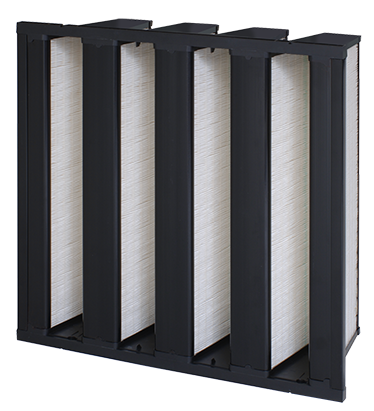Indoor Air Quality Solutions for Museums, and Historic Storage

Ask Our Expert!
Get in touch with our air filtration expert for your business's clean air needs.
The main purpose of museums, archives, art galleries, and historic storage buildings or premises is to collect, preserve, and exhibit precious objects of artistic, cultural, or scientific significance.
In most museums, the objects are in multi-layered environmental protection systems.

While considering environmental and deterioration factors, air pollution is the third most common source of damage to objects in museums.
An astonishing factor that contributes to air pollution in the museum is the poor indoor quality. The pollution levels in this indoor air can be up to five times higher than outdoor levels, and in some cases 100 times higher. Indoor air contains tens of thousands of chemical components in both gas and condensed phases. The concentrations of these chemicals change over time and from environment to environment.
Quality indoor air can improve the life span of the museum object. Museum artifacts will deteriorate and eventually disappear if they are not properly protected.
The enclosures used to store artifacts, and the raw materials used for the making of artifacts, each create their unique microclimates.

The most common inorganic pollutants, such as nitrogen dioxide, hydrogen sulphide, ozone, and nitric and hydrochloric acids, enter the museum environment through a variety of mechanisms, including oxidation of other trace gases, off-gassing from sealants and vulcanized rubber, and equipment operation.
Major pathways of volatile organic compound formation in museums include the evaporation of solvents, off-gassing from construction or furnishing materials and objects in the museum, and byproducts of degradation from museum objects
These objects may sustain damage because of
- Uncontrolled temperature
- Relative humidity
- Rust and dirt
- Volatile Organic Compounds (VOCs)
- Gaseous pollutants, such as ozone, sulfur dioxide, nitrogen dioxide, and formaldehyde
- Everyday chemicals and solvents
Temperature and humidity are also the common causes of deterioration, if not controlled, accelerates the chemical reactions that causes the deterioration of sensitive objects. Dust and dirt contamination causes artifacts to discolor.
Gaseous pollutants may cause significant and irreversible deterioration of artifacts, metals, historic records, photographs, and marble through chemical reactions. Particles given off by paints, varnishes, cleaning chemicals, and solvents from everyday museum operations can penetrate items on exhibit.
National Air Filtration Association® (NAFA) recommends that nitrogen dioxide levels should not exceed 2.6 ppb, ozone levels reach no higher than 2.0 ppb, sulfur dioxide levels remain below 1ppb, and formaldehyde levels stay at or below 4ppb. Recommended prefilters should be ASHRAE MERV 8 or higher, with fine particulate filters being ASHRAE MERV 15 or higher.
AAF also offers HEPA and Gas-Phase filters for enhanced protection, as well as software applications to design a specialized solution for individual spaces within your museum. AAF recommends multiple-stage filtration systems to protect museum objects.
Optimize Your Filtration and Improve Your Museums, Archives, Art Galleries, And Historic Storage Environment
A thorough audit of your air filtration system is the first step that AAF recommends providing you with professional guidance and analysis for cost savings and liability reduction opportunities.
By conducting this audit, we document your current state and advise you on how your facility could perform better, helping you save money, save time, and reduce risk. After this evaluation, AAF can design custom solutions to provide carefully controlled environments for any museum or historic preservation setting.
Contact your AAF representative to schedule an audit and to find out how the insights from intelligent data tools, including TCO Diagnostic® and Sensor360®, can improve operational outcomes and save you time and money.
Product & Solutions

VariCel® VXL
VariCel® VXL is a commercial and industrial HVAC filter that delivers the desired air quality even in severe working situations.

SAAF™ Cassette Medium Duty
The SAAF Cassette MD overcomes the limitations of legacy cassettes by providing better sealing, higher media utilization, and lower pressure drop.

Total Cost of Ownership Made Clear: TCO Diagnostic®
TCO Diagnostic, which is customized to your HVAC total cost of ownership, provides a clear insight into the optimal filtration options and tailors to your demands for a full clean air solution – enhancing air quality, energy savings, and operational flexibility while lowering your life cycle costs.

Gas-Phase Services
Combined with AAF’s expertise in airborne particulate filtration, SAAF products are part of our total filtration solutions to protect people, processes, and equipment. These products enable media life analysis and reactivity monitoring. Contact us to ascertain more.

Corrosion Control
AAF has an in-depth understanding of the filtration challenges for process control environments and the need for corrosion control, making us the preferred partner in protecting high process efficiency. Contact us to find out how we can help you optimize your HVAC systems.
Contact: +966 50 600 8776
Website: https://aaf-me.info/
Email: info@aafsaudi.com
Contact: +966 50 600 8776
Website: https://aaf-me.info/
Email: info@aafsaudi.com

